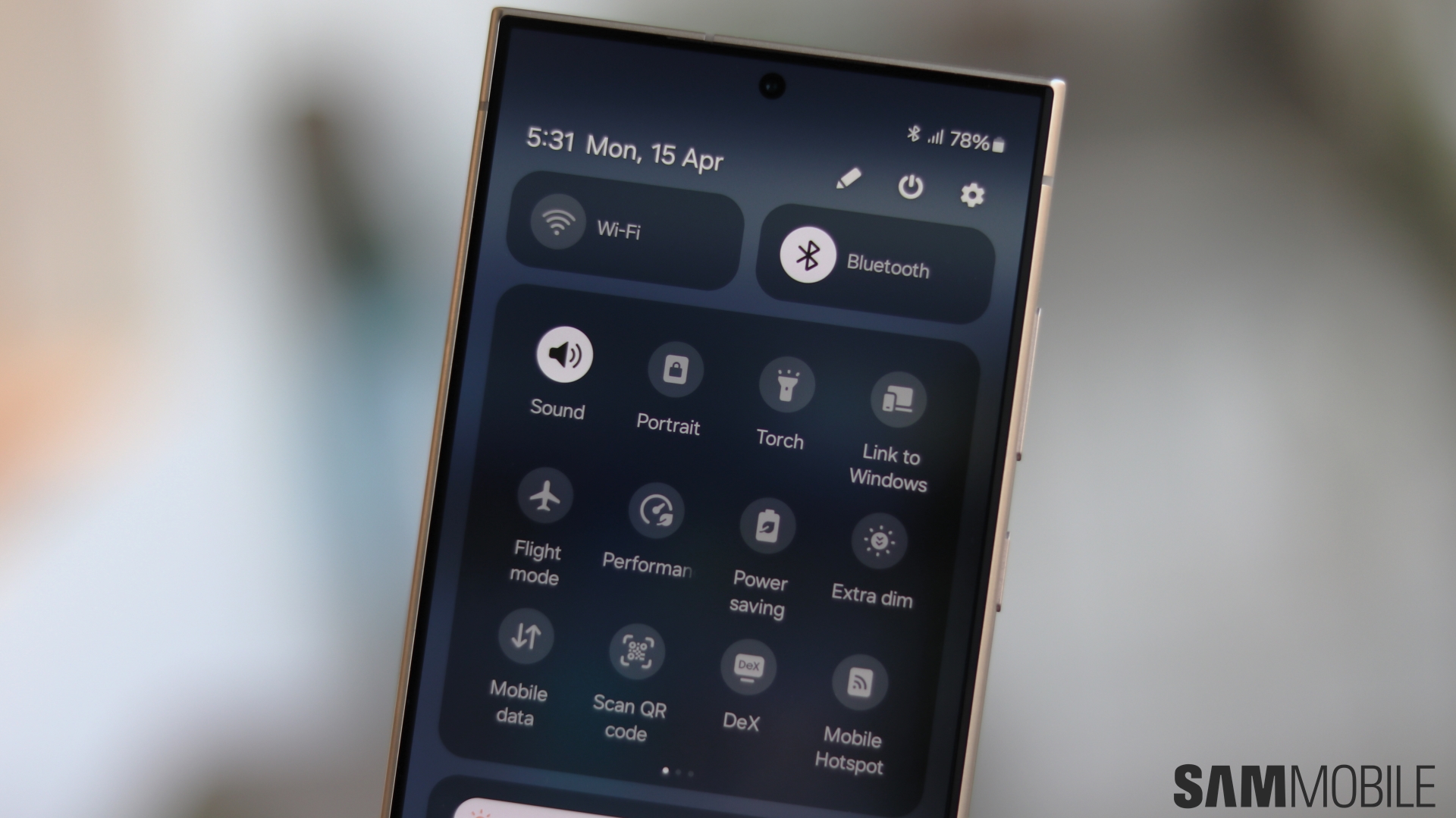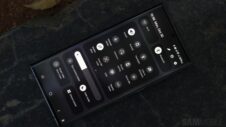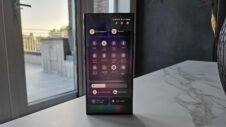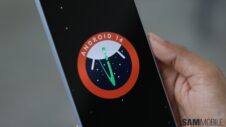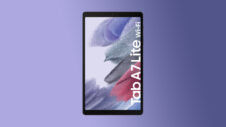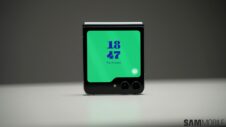One UI 6.0 was released nearly six months ago, or eight months ago if you count the beta version that was made available before the stable release. In the time since, Samsung has moved on to One UI 6.1, which debuted on the Galaxy S24 series in January this year and has now made it to numerous flagship phones launched in 2023.
I have been using One UI 6.0 from day one, but despite all the time that has passed, I continue to be frustrated by one aspect of it: the quick toggle panel. One UI 6 brought a major redesign for the quick panel area in the notification shade, and after months of using it, two things bother me.
New quick panel is bad for one-handed use and is not fully customizable
As we have already highlighted before, the redesigned quick panel goes against the principles of easy one-handed usage that One UI was built on. One UI uses large headers inside the device's settings menus and in Samsung apps that bring the clickable part of those menus and apps to the middle of the screen, enabling easier access with the thumb when using the phone with one hand.
That applied to the quick panel as well, until One UI 6 came along to mess things up. In the official One UI 6 changelog, Samsung says that the new quick panel layout “makes it easier to access the features you use most,” which is hilarious as it does anything but.
In the new layout, the toggles start at the top of the screen. Furthermore, the top and bottom rows are fixed and cannot be customized. The top row is exclusive to Bluetooth and Wi-Fi, while the bottom two rows contain the brightness bar and the Eye Comfort Shield, Dark Mode, Smart View, and SmartThings Device Control toggles.
The customizable toggles–the ones you can move around or remove–are situated at the center of the quick panel and divided into three rows, and while it's not impossible to reach them all with your thumb, it takes a bit of stretching that not everyone will find comfortable. If you want to access the Wi-Fi and Bluetooth buttons, switching to two hands or adjusting your grip is a must.
If Samsung really wanted to do this redesign, the least it could have done is made it all customizable. Instead, we now have three rows that are fixed and unchangeable, which further adds to the inconvenience of it all.
Long pressing most toggles takes you away from your current app
Another irritating change is that long-pressing most toggles now takes you to that function's dedicated menu in the device settings. If you want to do more than just turn a function or setting on or off, you can no longer see additional options without moving away from the quick panel and from the app you were in before you opened the quick panel.
Some toggles, like the ones for Wi-Fi, Bluetooth, and Do Not Disturb, continue to show additional options in the quick panel when you press and hold them. But others do not, even though the quick panel is large enough to show and describe the additional options for those functions.
Dolby Atmos is one such example. On One UI 6, if you wish to change between the different Dolby Atmos sound modes while watching a video, the app playing the video gets sent to the background or turned into a pop-up window, and it's surprising that no one in Samsung's software development team realized how this could be a nuisance.
One UI 6's quick panel basically feels like a hack job and a major change made for the sake of change. Add Samsung's decision to get rid of One UI's original gesture navigation system with One UI 6.1 to the equation, and it feels like the Korean phonemaker has decided to shake things up regardless of whether a change improves the user experience or not. Here's hoping it doesn't become a habit.
